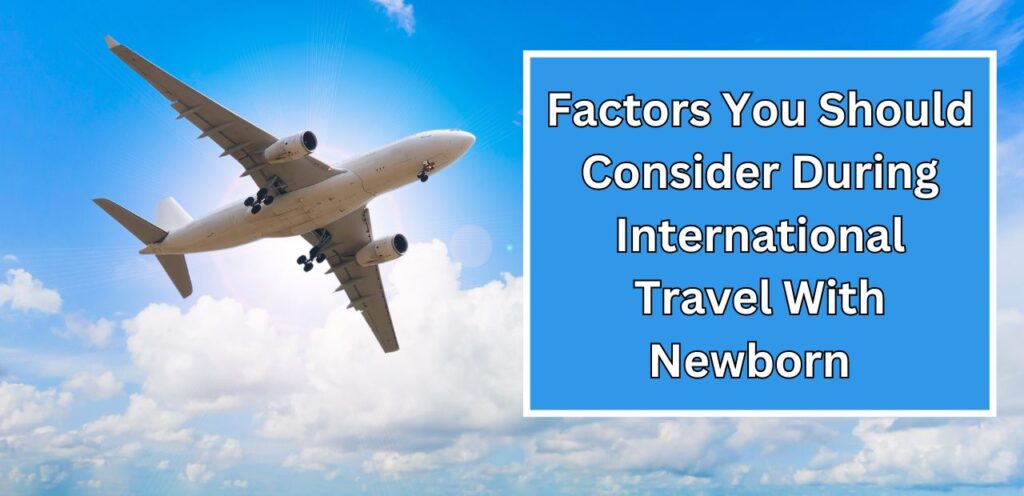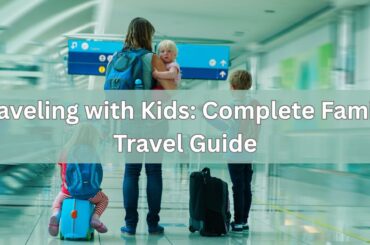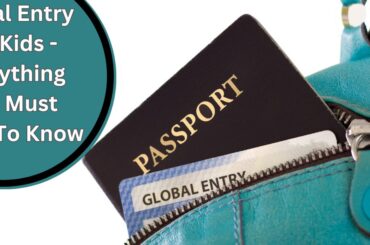Going on a trip worldwide with a baby can be exciting and scary. As you embark on international travel with your newborn, you want to see the world with your baby now that you’re a parent, but there are many things to think about to ensure the trip is safe and fun. This detailed guide will show you the most important parts of international travel with a newborn, giving you useful information and tips to make your trip go as smoothly as possible.
Read our blog 07 Best European Cities To Visit With Kids
When Can a Newborn Fly Internationally?
Before you get into the specifics of how to take your baby on a foreign trip, you need to know when it’s safe for them to fly. Most airlines will let babies fly as early as 7 days old, but it’s best to wait until they are at least 4 to 6 weeks old. This gives your baby time to get stronger and get used to life outside the womb.
But you should always talk to your pediatrician before planning to take your baby on a foreign trip. They can give you information that is specific to your baby’s health and development. When your baby can fly might depend on how long they were in the womb, their general health, and how many shots they’ve had.
kids who were born early may need to wait longer before they can fly, and kids who have breathing problems or other health problems may also need to wait. Some vaccines are also suggested before going on a trip abroad.
Essential Preparations for international travel with newborn
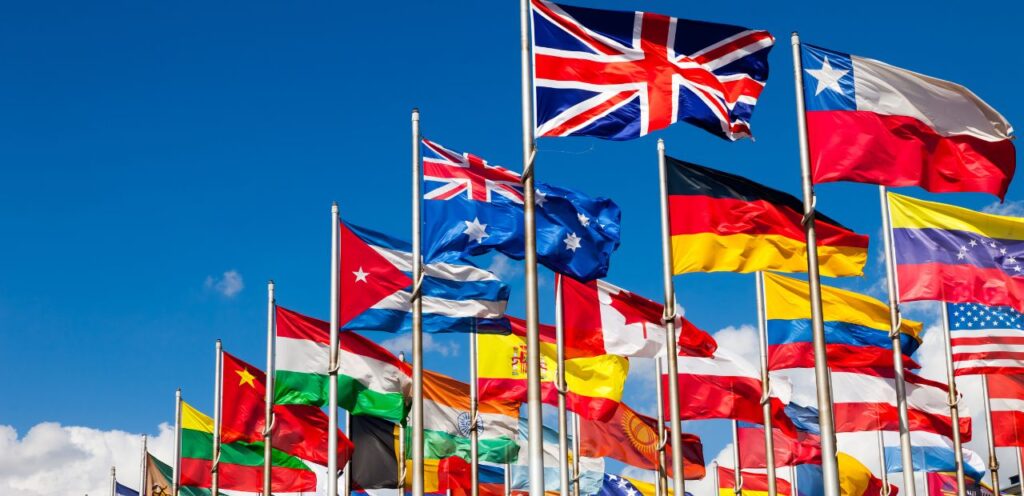
Once you’ve gotten the green light from your doctor, it’s time to start planning your trip.
Documentation
Documentation is one of the first things to think about. For foreign travel, your baby will need a passport. Get this done as soon as possible because the process can take a few weeks. You should also find out if you need a visa for the country you want to visit. In some places, you might need extra proof, like a birth certificate, proof that you are related to the child (for single parents or guardians), or a letter of permission from the other parent if you are going by yourself with the baby.
Health and Safety
Ensuring your baby’s health and safety should be your top priority. Consider getting comprehensive travel insurance that includes medical care for your infant. Check with your pediatrician about any necessary vaccines for your destination. It’s also wise to pack a first-aid kit with essential medications, a thermometer, and basic first-aid supplies. If you plan to travel by car to your destination, bring an appropriate car seat.
Airline Policies and Accommodation
Each flight has its own rules about traveling with babies, so find out what those are ahead of time. Find out how much baby gear is allowed, if you can bring breast milk or formula if bassinets are available on long-haul trips, and how families with babies check-in. When you book a place to stay, look for family-friendly choices that offer a crib or another safe place for your baby to sleep, a quiet room away from noisy areas, and a kitchen where you can make baby food or clean bottles.
Packing Essentials
Planning is important when packing for a trip abroad with a baby. You should bring more diapers and wipes than you think you’ll need, extra clothes for you and your baby, bottles, formula, and a breast pump if you need one, comfort items like pacifiers and favorite toys, a baby carrier or sling for easy transport, a portable changing mat, and blankets for different temperatures.
Tips for a Smooth Journey: How to Travel Internationally with a Baby
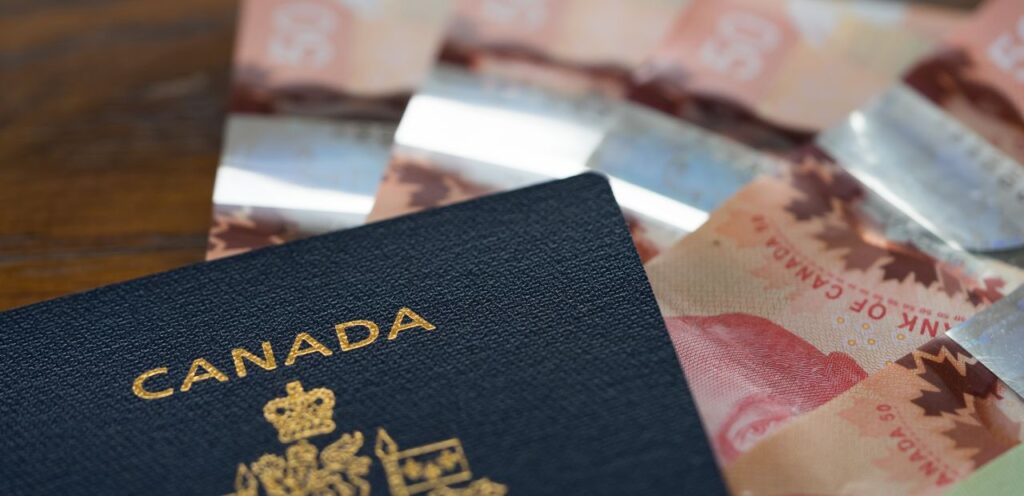
There are a few things you can do to make your trip abroad with a baby as easy as possible now that you’re ready.
Flight Selection and Comfort
When booking your flight, you might want to choose direct flights to cut down on travel time, overnight flights that work with your baby’s sleep plan, and aisle seats so that you can get to them easily during the flight. Because air pressure changes during takeoff and landing, babies may feel pain. To help, feed your baby during these times; sucking helps even out the pressure. A pacifier can also be used if your child likes them. Because the weather on an airplane can change, dress your baby in layers that are easy to put on and take off.
Hygiene and Schedule Flexibility
To keep your baby safe from germs on trains and in airports, practice good hygiene. Hand sanitizer can be used instead of soap and water when soap and water aren’t available. Also, don’t touch your baby’s face after touching something else. Plan to be open with your schedule and take lots of breaks to feed and change your baby’s diaper. You may also need to change your plans based on what they need and give yourself extra time for everything.
Hydration and Jet Lag Management
During the trip, drink plenty of water because flying can dry you out, especially for babies. During the trip, feed your baby more often with a breast or bottle, and if you’re breastfeeding, make sure you stay hydrated. Taking care of jet lag can be hard when you have a baby. Before the trip, try to slowly change your baby’s sleep schedule. When you get to your destination, let your baby see natural light to help reset their internal clock. Be patient; it may take a few days for your baby to get used to the new schedule.
Cultural Considerations for International Travel with Infant
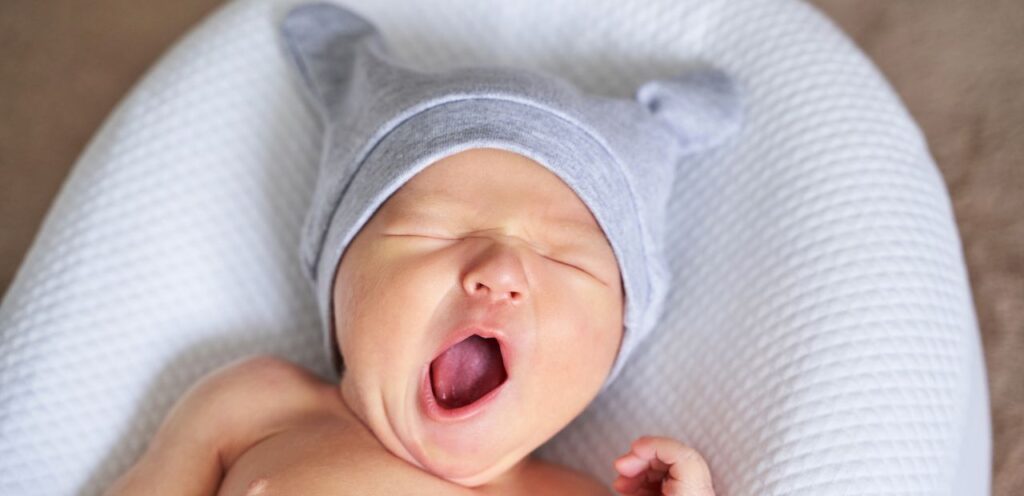
It’s important to be aware of cultural differences that could affect your trip if you’re going abroad with a newborn. Different cultures have very different views on breastfeeding in public. To avoid any awkward situations, learn about the local rules and customs. Some countries are better equipped to help families with babies than others, so check to see if there are changing rooms in public places, high chairs in restaurants, and public transportation that is stroller-friendly.
Some countries might not have easy access to common baby goods, so you might want to bring the ones you need from home or look into what else is available in the area. Also, it’s important to learn about the local healthcare system and have a plan for how to get medical help if you need it.
Conclusion
Going on an international trip with a baby can be fun and help you make memories that will last a lifetime as a family. By thinking about these things and planning carefully, you can make your trip less stressful and more fun. Keep in mind that every baby is different, so what works for one family might not work for another. You should be patient, able to change, and ready to meet your baby’s wants.
Don’t forget to enjoy the trip most of all. Going on trips with your baby can be a great way to bond with them and show them the world’s wonders from a young age.
Visit Momvila for more in-depth travel guides for babies and children, parenting tips, and ideas for family-friendly vacation spots. You can feel confident about the pros and cons of family travel with our expert tips and real-life stories from parents all over the world.
